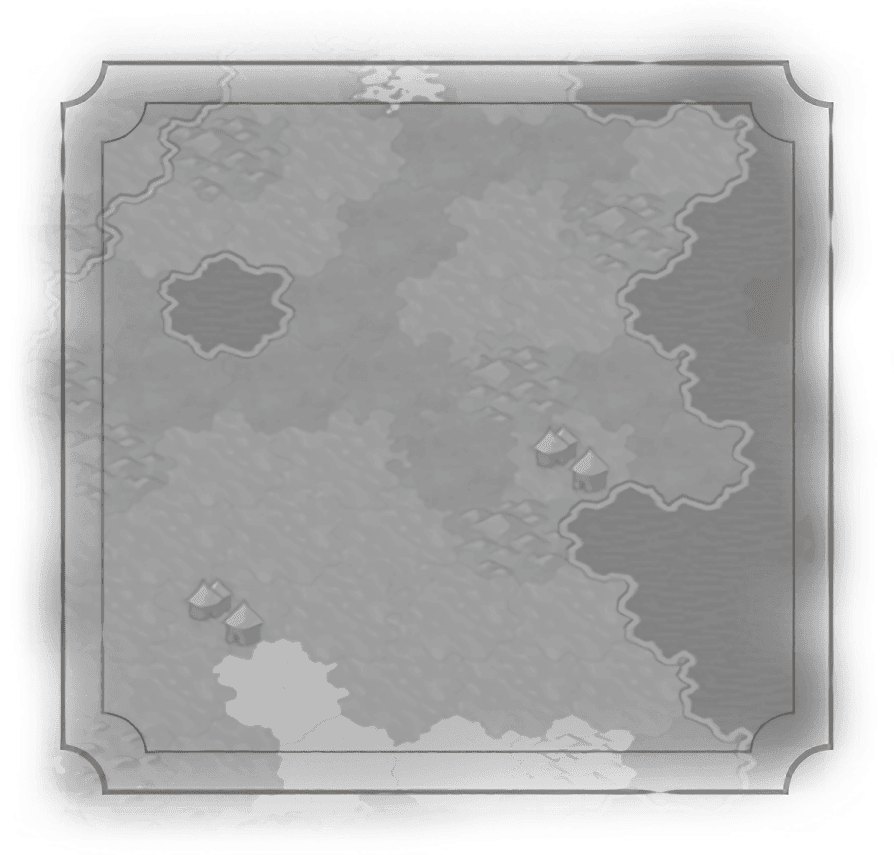Governments
Military Policies
After Action Reports
Agoge
Bastions
Chivalry
Conscription
Craftsmen
Discipline
Drill Manuals
Equestrian Orders
Feudal Contract
Force Modernization
Grande Armée
Integrated Space Cell
International Waters
Levée en Masse
Lightning Warfare
Limes
Limitanei
Logistics
Maneuver
Maritime Industries
Military First
Military Research
National Identity
Native Conquest
Press Gangs
Professional Army
Propaganda
Raid
Resource Management
Retainers
Retinues
Second Strike Capability
Strategic Air Force
Survey
Third Alternative
Total War
Veterancy
Wars of Religion
Economic Policies
Diplomatic Policies
Great Person Policies
Golden Age Policies
Dark Age Policies
Wildcard Policies


Strategic Air Force
Description
+50%  Production toward all air units and toward Carriers.
Production toward all air units and toward Carriers.
 Production toward all air units and toward Carriers.
Production toward all air units and toward Carriers.Historical Context
In order to protect itself and its allies from the “Red Menace,” the United States merged several of the Army air forces in March 1946 AD, forming the Strategic Air Command. Establishing its headquarters on Offutt Air Force Base (near Omaha, about as far from Soviet bombers as could be found), SAC was responsible for the land-based strategic bombers that would rain nuclear destruction down in the much anticipated Armageddon. SAC initially totally 37 thousand military personnel, but continued to grow as its Soviet counterpart – in 1980, the largest air force in the world – did throughout the Cold War. And as its Soviet counterpart had, SAC was put in charge of the ICBM arsenal as well.


Description
+50%  Production toward all air units and toward Carriers.
Production toward all air units and toward Carriers.
 Production toward all air units and toward Carriers.
Production toward all air units and toward Carriers.Historical Context
In order to protect itself and its allies from the “Red Menace,” the United States merged several of the Army air forces in March 1946 AD, forming the Strategic Air Command. Establishing its headquarters on Offutt Air Force Base (near Omaha, about as far from Soviet bombers as could be found), SAC was responsible for the land-based strategic bombers that would rain nuclear destruction down in the much anticipated Armageddon. SAC initially totally 37 thousand military personnel, but continued to grow as its Soviet counterpart – in 1980, the largest air force in the world – did throughout the Cold War. And as its Soviet counterpart had, SAC was put in charge of the ICBM arsenal as well.



